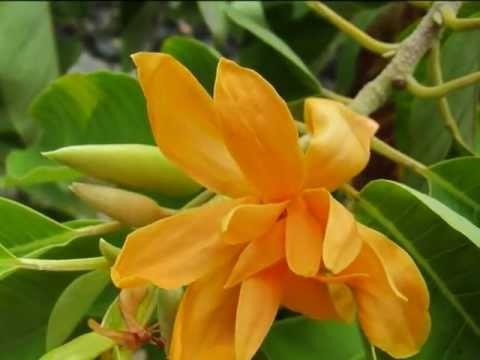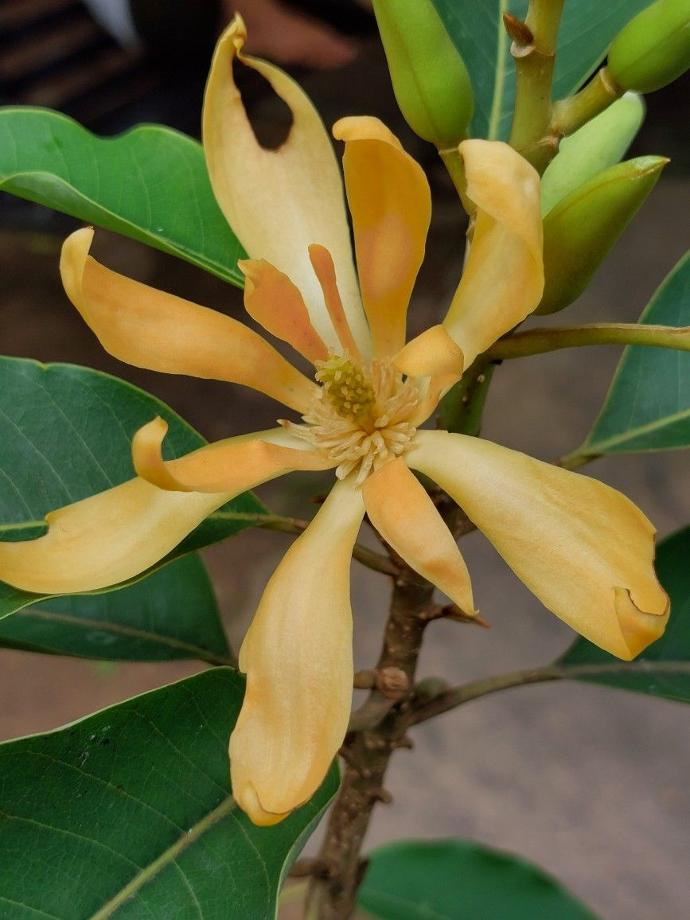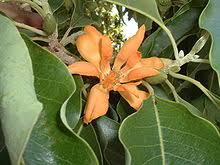Sampangi Yellow Plant
SIMHACHALAM SAMPANGI, possibly referring to a specific plant variety, may have varying care requirements. Generally, provide well-draining soil, appropriate sunlight, and regular watering. Pruning and fertilizing practices may vary based on the specific characteristics of this plant.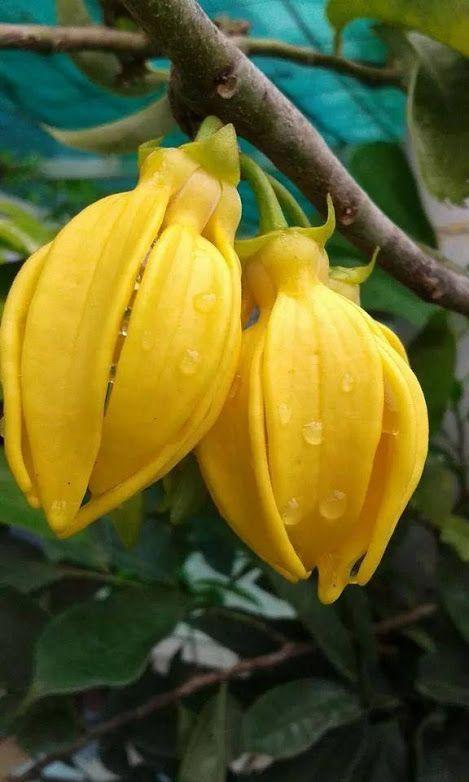
Habit
Shrub
Height
50-100 cm
Growth
Moderate
Soil
Well Drained, loamy
Shade
Full Sun to partial shade
Moisture
Moist
Edible
No
Medicinal
No
Origin
Mexico, India
Climatic Condition
Tropical, Subtropical
Temperature (°)
20-35°C
Humidity (%)
50-80%
Potting media
Peat, compost
Fertilizers
NPK-rich fertilizers
Watering
Regular
Plant Weight
100-300 g
Flowering Time
Year-round
Soil Ph level
5.5 - 7.5
Water Ph level
5.5 - 7.5
Soil EC
1-2 dS/m
Yield Per Plant
1-2 kg/plant
NPK ratio
05:05:05
life Span
Perennial
Health Benefits
Fragrance industry, ornamental
Suggested Grow Media or Potting Mix ?
50% loam, 25% compost, 25% sand
Suggested Fertigation/Fertilizers
Fertilize every 4 weeks with a balanced fertilizer.
Common Diseases and Remedies
Stem Rot , Flower bud rot, leaf blight or Botrytis blight.
The fungus infecting the plant may produce growth or structures on the plant, stems, or leaves such as masses of mycelium or aggregates of spores with a characteristic appearance.
1 level tablespoon of baking soda.
chlorothalonil, mancozeb, myclobutanil, propiconazole, or thiophanate methyl may be used.
HEALTH BENEFITS
Used in traditional medicine for calming effects, stress relief, and as an aphrodisiac.
What Is An Simhachalam plant?
It is a famous ornamental and sacred exotic evergreen flowering tree in India. It is mainly grown for its strongly fragrant flowers. These are easy to grow and maintain. Recommended for creating shade, Quick growing trees, Evergreen trees, avenue tree
Different types of simhachalam plants
It seems there might be a confusion with the term "Simhachalam Sampangi plant." "Sampangi" is a common name for various plants, including certain species of jasmine in India. However, "Simhachalam" typically refers to a hill and temple in Andhra Pradesh, India, and is not typically associated with a specific plant species.
If you're referring to a specific plant known as "Simhachalam Sampangi," could you provide more context or details about the plant? This will help me provide you with more accurate information.
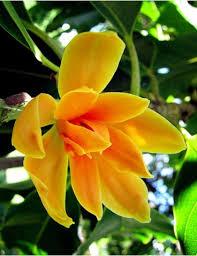
Location
It prefers full sunlight to semi-shade sunlight areas. Prefers rich soil that is slightly acidic. Planted in gardens and protected places.
Sunshine
More than 6 hours of direct bright sunlight a day is ideal for plant.
Soil
The soil should be well drained and fertile, rich in organic content for growing plant.
Hydration
Before water poke your finger/plain small stick into the soil to check the moisture.
Water when top soil (1-2 inches) feels dry to touch.
Water thoroughly in the summer and reduce watering in winter and rainy season.
Nourishment
During the main g rowing season (June-July) feed the plant with organic fertilizer
Issues
It is likely to get affected with numerous pests and diseases.
Benifits
It is believed to relieve high blood pressure, normalize sebum secretion for skin problems, and is considered to be an aphrodisiac
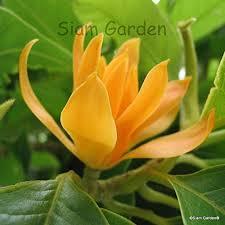
FAQs About Growing Simhachalam
What is Simhachalam Plant known as?
The tree is also known by the common names Sampangi, Golden champak, Apurva champakam and Yellow champak.
What is the Colour of Simhachalam flower?
These are bell shaped green colour flowers and blooms in clusters.
What does the Sampangi flower smell like?
It presents as a sweet pleasant Jasmine, Magnolia.
How do you grow Sampangi flowers?
This plant requires a small quantity of watering at regular intervals. Keep the soil semi-moist & semi-dry. The sun light requirement for this plant is direct bright sun light of about 6 hours. Avoid watering in rainy season.
Simhachalam Plant Flowering Season?
Flowering Season - It flowers mainly in February, March, April, May, June, July, August, September, October.
